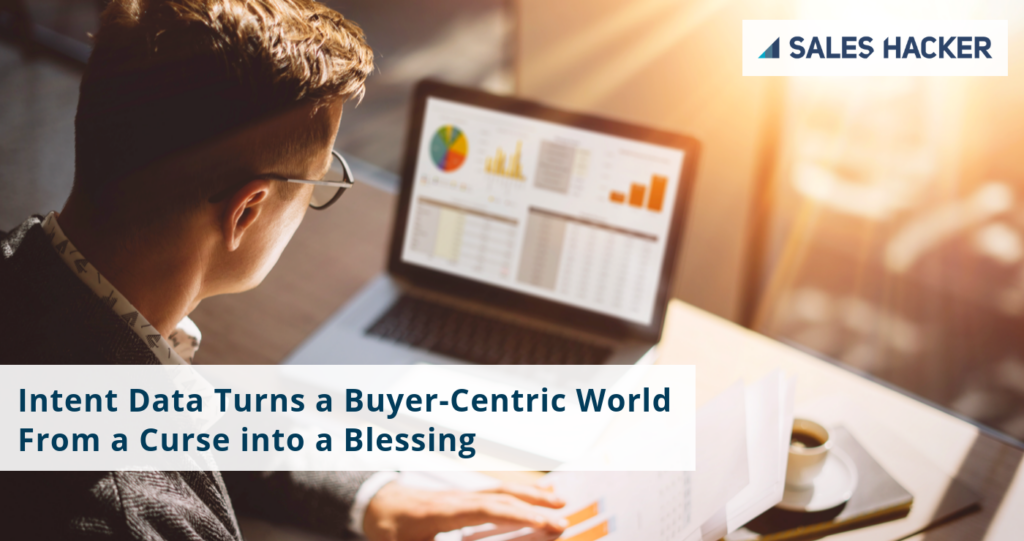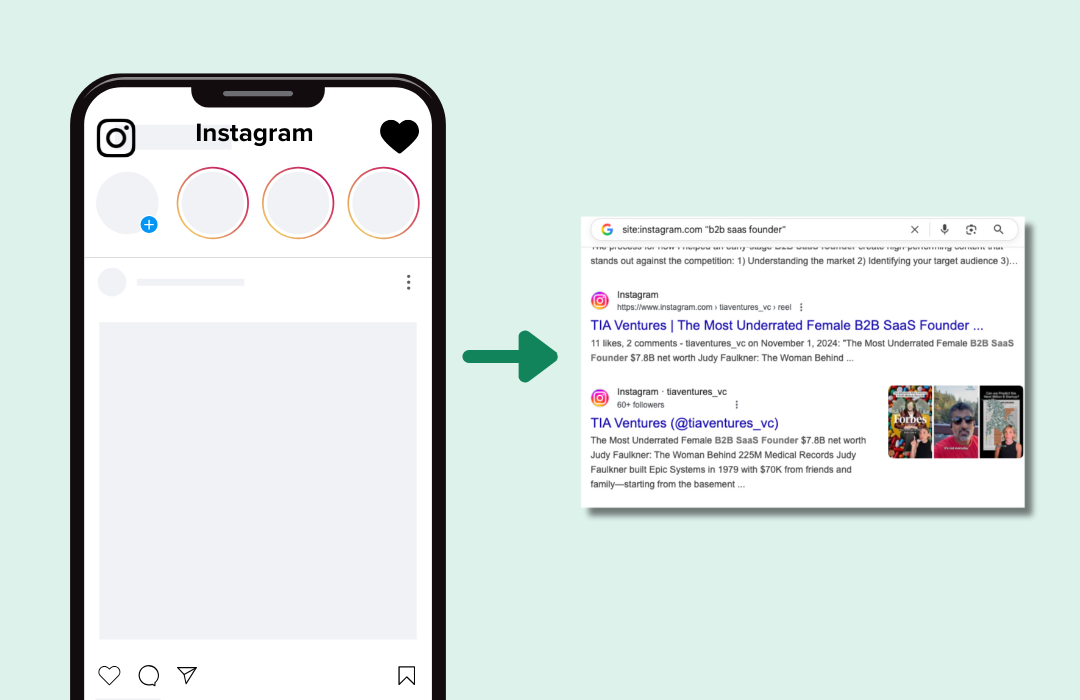Intent data has become one of the hottest topics in the B2B sales and marketing space. However, it remains under-utilized by many sales practitioners. A 2018 ABM Benchmark Report found only 25% of companies were using it. Let’s explore what it is, why it matters, and how to make the most of it.
What the heck is intent data?
Intent data is a relatively new term our industry has adopted to encompass signals and data about prospective buyers or businesses actively researching products or services. Several people spending time on Product Hunt web pages tagged with the sales topic show a company interest for solutions and innovation in that realm. Likewise, the ability to detect that an unusual number of visitors that can be traced to the same company are educating themselves about network anomaly detection will give you a likely security pain point to start engaging.
Intent data works by being able to track the content they are reading online and their digital activity to uncover interests suggesting a purchase intent. Intent data has become strategically important for sales and marketing organizations to prioritize their effort and find when and how to engage prospective buyers in a relevant way.
Why should you care?
Buyers have become overwhelmed with offers. In a market close to us, Martech, Scott Brinker is now listing almost 7,000 solutions. Even someone in the target market for your product is unlikely to take the call of a potential marketing vendor unless it relates to an issue top of mind. The content consumption habits of a prospect can provide a precious clue into this prospect’s interests.
Sellers are also challenged by prospective buyers exploring their options by themselves rather than reaching out to them. The latest statistics from Forrester indicate that 63% of B2B buyers prefer to research on their own, up from 53% three years ago. Intent data turns this curse into a blessing.
What if you knew about what people were researching? Even if the information doesn’t relate directly to your offer, it’s great insights to engage a prospect on relevant topics. Furthermore, it can be used to determine if the timing is right to pursue a company or to prioritize opportunities.
RELATED: 4 Unconventional Ways To Close More Deals With Data
Many usages
There are many usages for intent data. Intent data can help prioritize sales efforts or uncover the most pertinent way to engage with prospective buyers. Picture yourself coming back from an event with tons of leads and business cards collected. Now you can use intent data to prioritize your follow-up with the companies that are reading about issues you can help resolve.
A sales rep assigned a large territory can use intent data to spot the businesses actively educating themselves on specific solutions to select the ones to go after. Marketing can leverage intent data to personalize the website experience or to direct ads to low-funnel companies.
One unique aspect of intent data is its ability to pinpoint potential buyers even at a very early stage. Brad Rosen, Vice President of Revenue Operations at G2Crowd cites the example of a customer exploring the category of your product or the reviews of your competitors. This is a high-funnel signal that is still very indicative of future purchase intent. Reading reviews probably suggests some dissatisfaction with the current product and thus, an opportunity to swoop in and make a sale.
Panning for gold
Intent data hinges on getting access to content consumed on relevant properties. It is important when considering a solution to understand where data is coming from.
The methodology varies. Some vendors begin by adding a web cookie to the prospect’s browser. In exchange for cookie placement, the technology returns an aggregated view of the content consumed, as long as the site is within the vendor’s ecosystem. Other intent data providers focus on social media-driven buying signals. As mentioned earlier, review sites are another potential treasure trove of targeting insight. The result is a ripple effect of relevance. Advertisers gain context to improve their targeting and make ads more relevant. Brands can combine these insights with their first-party data to tailor the experience based on interests. This give-to-get model is a win/win in that it provides users with a more targeted experience and helps sellers understand how to make that all-important connection.
Making sense of data
Most intent data providers have developed through topic taxonomies. Publishers and review sites leverage their proprietary content classification. Articles and pages can be further mapped to the consideration stage providing a readership pattern across a company.
The IP address of visitors is used to consolidate reading activities by company and location. The combination of signals is critical to infer an intent. Another option is to use device ID instead of cookies. Indeed, cookies have a limited lifespan, in particular on mobile devices.
Putting intent data to work
Many vendors have developed integrations to CRM, marketing automation, and sales engagement applications. It allows intent data to be leveraged in specific workflows. The handling of intent data remains a challenging task, in particular for companies that don’t have analysts on staff, so outsourcing analysis can be a good option.
I expect more technology and delivery options to surface in the near future. In my latest version of the SalesTech landscape, I lumped intent data providers into the Account Intelligence category.
With sellers overwhelmed with data about people who could be interested in their products and buyers over-solicited for attention, intent data is poised to become a key element of your data arsenal.







